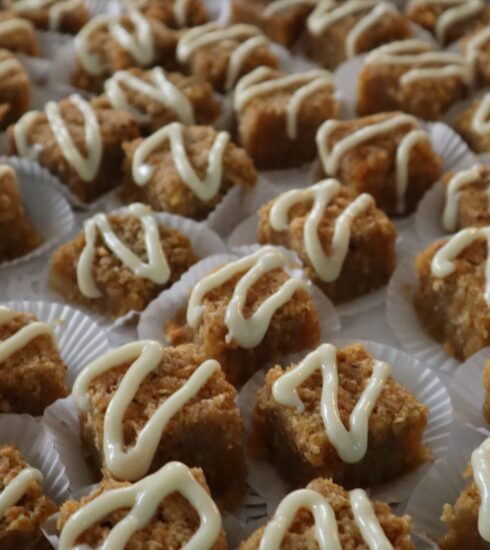Cornmeal Coo Coo by Frontline Flavors

Cornmeal cou-cou (or coo coo) is considered a must have in Tobago’s Sunday lunch. It is a notable favourite of other Caribbean, South American islands. Also known as fungi or to its similar dish of polenta in North and South America. This simple, but delicious dish is made with cornmeal cooked with okra, seasonings and water. Making it requires constant stirring of the pot with a ‘cou-cou stick’. Best served with with callaloo, provisions, and stewed meat or fish. Enjoy.

Ingredients:
- 1lb Cornmeal
- 1/2 lb Pumpkin (diced)
- 1 Carrot (shredded)
- 5 Pimentos (diced small)
- 5 Orchoes (cubed)
- 1 Cup Coconut Milk
- 2 Cups Water
- 1 Tbsp Sugar
- Salt and Pepper to taste.
Method:

Step 1: Pour some of the water to the cornmeal in a bowl, incorporate and set aside

Step 2: In a pot add the ingredients (pumpkin, carrot, pimentos, orchoes, coconut milk, sugar, salt and pepper) and allow to boil.

Step 3: When the pumpkin and ochroes are soft, add the cornmeal gradually while stirring to prevent lumps.

Step 4: Turn the heat on low while adding the remaining water until the cornmeal doubles in size and is fully cooked.

Step 5: Remove from the pot and add to a greased pan, even the top and leave to set and cool.












